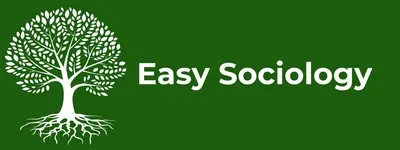Introduction
In the field of sociology, the concept of “moral panics” refers to the phenomenon where society experiences heightened fear, anxiety, and outrage over a perceived threat or issue. These moral panics often result in exaggerated public reactions and the implementation of policies that may not be grounded in evidence or rationality. While moral panics can occur in various domains, including crime, media, and health, this article will specifically focus on exploring moral panics in the context of education.
Defining Moral Panics in Education
Moral panics in education are characterized by widespread public concern and moral outrage regarding specific educational issues or practices. These panics often arise from a perceived threat to the moral fabric of society, the well-being of children, or the quality of education itself. It is important to note that moral panics are not necessarily based on objective evidence or data but are instead fueled by societal fears and anxieties.
Examples of Moral Panics in Education
1. Sex Education
One prominent example of a moral panic in education is the debate surrounding sex education in schools. Advocates for comprehensive sex education argue that it is essential for providing young people with accurate information about sexual health, consent, and relationships. However, opponents often frame sex education as a threat to traditional values and claim that it encourages promiscuity or goes against religious beliefs. This moral panic often leads to heated debates, policy changes, and even the implementation of abstinence-only programs in some regions.
2. Standardized Testing
The use of standardized testing in education has also been the subject of moral panics. While proponents argue that standardized tests provide valuable data for assessing student performance and improving educational outcomes, opponents raise concerns about the negative impact on students’ mental health, the narrowing of the curriculum, and the potential for teaching to the test. These moral panics have led to calls for test reforms, such as reducing the emphasis on high-stakes testing and adopting alternative assessment methods.
3. Technology in the Classroom
The integration of technology in the classroom has sparked moral panics as well. While technology can enhance learning experiences and provide access to a wealth of information, concerns have been raised about excessive screen time, cyberbullying, and the potential for technology to replace traditional teaching methods. These moral panics often result in debates over appropriate technology use in schools and calls for guidelines and policies to address the perceived risks.
4. Inclusive Education
The push for inclusive education, which aims to provide equal opportunities for students with disabilities or special educational needs, has also faced moral panics. Opponents argue that inclusive education may lower academic standards, disrupt classroom environments, or place an undue burden on teachers. However, proponents emphasize the importance of creating inclusive and diverse learning environments that foster empathy, understanding, and equal opportunities for all students.
Implications of Moral Panics in Education
Moral panics in education can have significant implications for policy-making, educational practices, and public perception. These panics often result in knee-jerk reactions that may not align with evidence-based approaches or the best interests of students. Moreover, moral panics can contribute to the stigmatization of certain educational practices, marginalize vulnerable populations, and hinder progress in addressing genuine educational challenges.
Conclusion
Moral panics in education reflect the complex interplay between societal fears, values, and educational policies. By understanding the dynamics of moral panics, policymakers, educators, and the public can engage in more informed discussions and decision-making processes. It is crucial to critically evaluate the sources of panic, consider diverse perspectives, and prioritize evidence-based approaches to ensure that educational practices are grounded in the best interests of students and the broader society.








